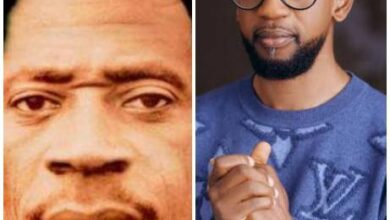Battered corpses show the horrors of life, death under Syria’s Assad


The bruised and battered bodies inside the morgue of Mujtahid Hospital are hard to look at — tangible evidence of the brutal regime of toppled Syrian dictator Bashar al-Assad.
But crowds of desperate people wait to see them, hoping finally for an answer to what happened to a loved one.
“Where are they?” pleads one woman. “My mother, she’s been missing for 14 years, where is she? Where is my brother, where is my husband, where are they?”
The 35 or so bodies were found in a military hospital in the Syrian capital of Damascus, days after the regime fell. They are believed to be among the last victims of Assad. A man points to their tattered clothing and suggests they were detainees at the notorious Saydnaya prison.
The bodies are identified only by number inside the fluorescent-lit morgue. But there isn’t enough room, so a makeshift area has been set up outside where families gather, using their cellphone lights to look at the faces of the dead, hunting for features they recognize.
But they also see the horrific wounds that seem to be consistent with torture. A woman searching among the bodies retches as she leaves the morgue.
Dr. Ahmed Abdullah, an employee at the morgue, condemns the people who left these marks, accusing the Assad regime. “This is the crime of the regime — the way they tortured people,” he tells CNN. “Even in the Middle Ages, they didn’t torture people like this.”
Assad fled to Russia on Sunday after a lightning advance by Syria’s rebel groups, and the population’s anger against him is palpable. A woman, who says her only son was taken by the regime 12 years ago, shouts: “I ask Allah to burn him, him and his sons. I hope he burns, like he burned my heart.”
For so long there has been no information available at all to families about missing loved ones. The people gathered at this morgue just want answers, even in the form of a corpse.
The Assad government was known for keeping meticulous records. A defector who once worked as a photographer in the Syrian military police smuggled out almost 27,000 images in 2014, taken at a military hospital where he said “killed detainees” were brought. The bodies in the photos showed signs of starvation, beatings, strangulation, and other forms of torture and killing, according to a report on the images compiled by a team of war crimes prosecutors and forensic experts.
Troves and troves of prisoner files remain in the so-called “Palestine Branch” of military intelligence in southeastern Damascus. CNN found evidence at the facility that officers burned some documents and destroyed hard drives before fleeing but the terror they wrought was on such an industrial scale that much of the evidence has been left behind.
In an interview for a UN Commission report issued last year, a former detainee at the Palestine branch described regular beatings, beatings with a hosepipe and cigarette burns, according to. Other detainees described sexual abuse, and beatings that left prisoners unable to walk.
The UN report also said tens of thousands of people were buried in mass graves by the Syrian regime, and the US State Department released evidence in 2017 that a crematorium had been built at Saydnaya prison. A US official estimated at the time as many as 50 detainees a day could be being killed at Saydnaya.




